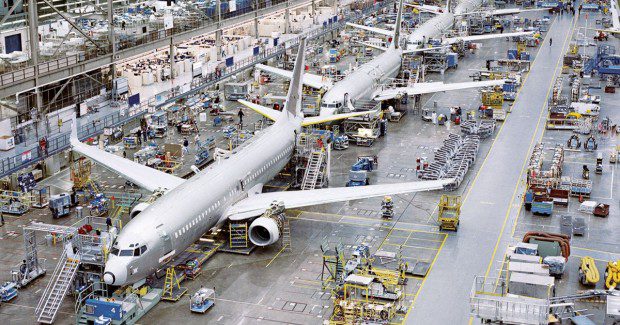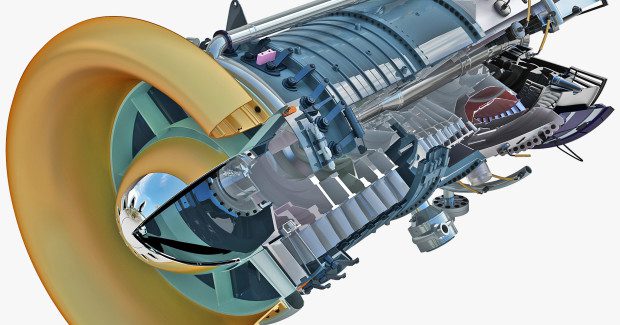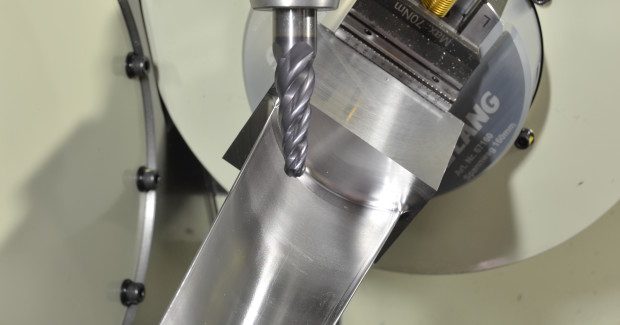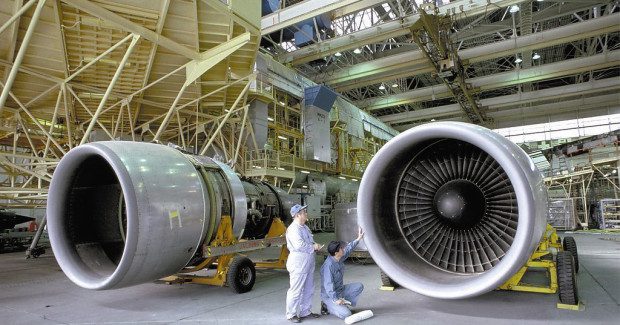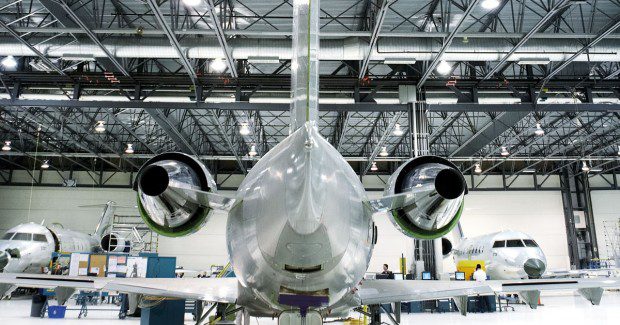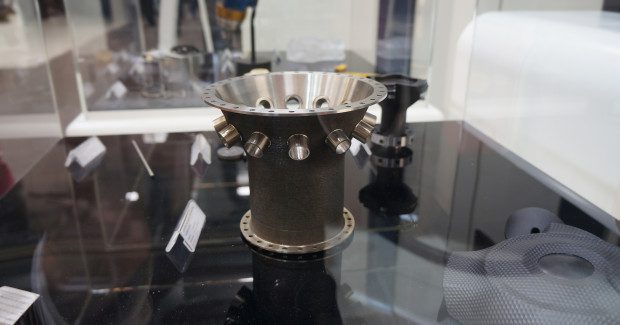Advances in Aerospace
Heavy demand is creating massive and exciting opportunities for companies that compete in the aerospace manufacturing supply chain – and for the disruptive new technologies they advance forward to improve manufacturing productivity.
Posted: January 8, 2016
Commercial airlines are enjoying banner sales as record low oil prices, low interest rates and surging demand in emerging markets continue to fuel massive increases in air travel. Through mid-November 2015, the two kings of commercial aerospace both carried hefty backlogs in commercial jet orders, with Boeing at 5,648 and Airbus at 6,837 – an extraordinary demand for 12,485 commercial planes that represents a daunting challenge for aircraft manufacturing: how to get the work done faster. Consider Boeing, for example, which has announced plans to raise its 787 production rate to 12 per month in 2016, then to 14 per month by the end of this decade. It plans to raise 737 production to 47 per month in 2017, then to 52 per month in 2018. But even at this pace, it will take more than seven years for Boeing to clear the existing backlog. Seven years!
Commercial aircraft have always had notoriously long lead times, but forcing customers to wait this long can be difficult in the widening realm of global competition. Besides Airbus, players in the commercial airplane market include Embraer in Brazil, Bombardier in Canada, and the new Comac C919 from China. And with the Internet of Things (IoT) introducing new technologies faster than ever, waiting over half a decade to deliver a plane that might be dated could cause cancellations and reduce new orders. If the old cliché about there being a million parts in an airplane is true, then the sheer size of the current aircraft backlog dictates that a very sharp increase in production rates must take place.
NEXT GENERATION SUPPLY CHAIN
This sort of demand is creating massive opportunities for companies that compete in the aerospace manufacturing supply chain – and for the disruptive new technologies they advance forward to improve manufacturing productivity. “This increase in demand will place more pressure on every part of the supply chain. The competitive challenge will be managing total costs and forecasting,” says Phil Misch, the president of American Roll Form Products (Painesville, OH). “Look for more commercial airline manufacturers to outsource aspects of their production in order to stabilize supply chains. Contract manufacturing, because it is a long-term commitment with a more comprehensive scope, has the potential to create a more agile and stable supply chain in the wake of shifting market conditions.”
In this new supply chain, the whole concept of “supplying” advances into a new relationship: fabricators that traditionally delivered specialized parts over and over again to customers now become partners with those customers to collaborate on expertise and cost-cutting solutions. “With limited resources and smaller engineering teams, many manufacturing companies now look to outside fabricators that possess in-house engineering expertise to help them enhance product designs, cut weight and reduce overall costs through proactive part analysis, conceptual engineering, design modification and prototyping,” explains Misch.
“As a result of changing customer habits, combined with massive leaps in computing power and connected devices, we are seeing completely new ways to design and build everything and anything,” notes Bart Simpson, the business development lead at Delcam Ltd. (Birmingham, UK), in a blog on the MRO Network of Penton (New York, NY). “Nowhere is this more evident than in aerospace manufacturing, where the benefits to be gained from adopting new manufacturing and design techniques are huge. As a sector, aerospace is particularly concerned with the performance of the parts being produced. Not just from a safety point of view, but also with efficiency in mind: the lighter a part, the less fuel an aircraft uses. This is of paramount importance because fuel is the main cost of aircraft operation. As a result, investing more in the design and manufacturing processes to ensure the aircraft is as efficient as possible is essential to the aerospace manufacturing industry.”
NEXT GENERATION DESIGN & MANUFACTURING
Enter the next generation of design technology that uses advanced software to generate an optimal part based on the parameters of how the part must perform during flight. For example, after the loads that a new bracket must withstand during aircraft operation are specified, software can optimize the bracket design based on these loads. This design is inherently different and much more complex than traditional shapes. This high part complexity disrupts the conventional production process, where aerospace parts are typically designed to match the current manufacturing processes. These new shapes require new manufacturing processes.
“This is where additive manufacturing comes into its own, as it enables the complex geometries that are typical of generative design to be created more easily than traditional methods,” states Simpson. Additive manufacturing is already becoming more widespread throughout the aerospace supply chain, forever changing the way certain components are manufactured – and serving as a tool to strengthen the partnership between customer and supplier. “With sales of 3D printers on the rise, many manufacturers will most likely start to test 3D printing technology that allows them to rapid prototype, develop parts and manufacture products onsite that wouldn’t otherwise be possible through traditional manufacturing methods,” adds Misch.
But this advance is only part of the story, because additive manufacturing is not always the best manufacturing process for some designs. “Taking a simple example, it is much more efficient and more accurate to create a hole in something with a drill than with additive manufacturing,” explains Simpson. “But at the same time, subtractive manufacturing can be incredibly wasteful, with large amounts of the original material being discarded in order to get to the finished shape from a block of an expensive material like titanium. By combining the two processes in a hybrid approach, aerospace manufacturers can take advantage of the best of both techniques.”
With hybrid machines, a part can be made by using additive techniques to create a near-net shape, and then using subtractive methods (machining) to create the final product. Less material is wasted and the ultimate shape is something that couldn’t be created as efficiently with either technique on its own. This capability to efficiently manufacture components with such high complexity frees aerospace engineers to develop revolutionary designs that would have been considered insane in an earlier time – and it is creating some of the most exciting advances ever seen in new aircraft designs, new aerospace materials, and new manufacturing processes that eventually make it all come to life in flight.


